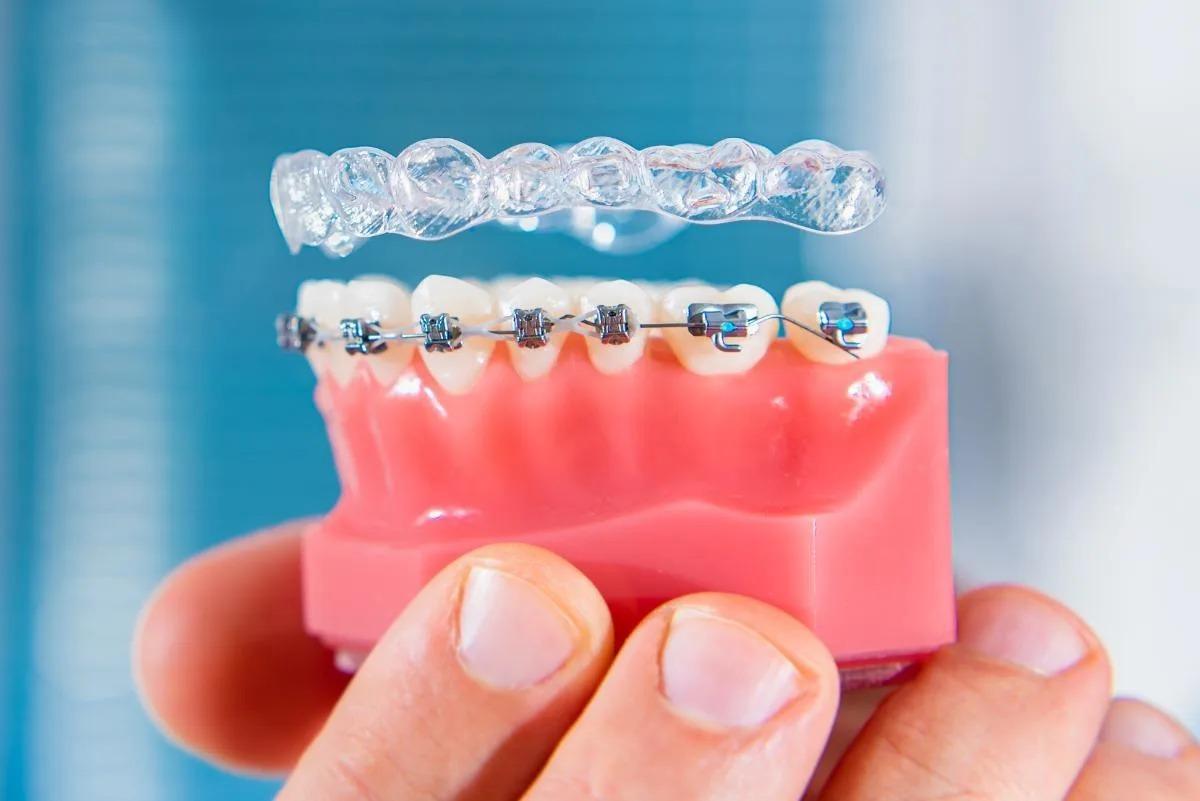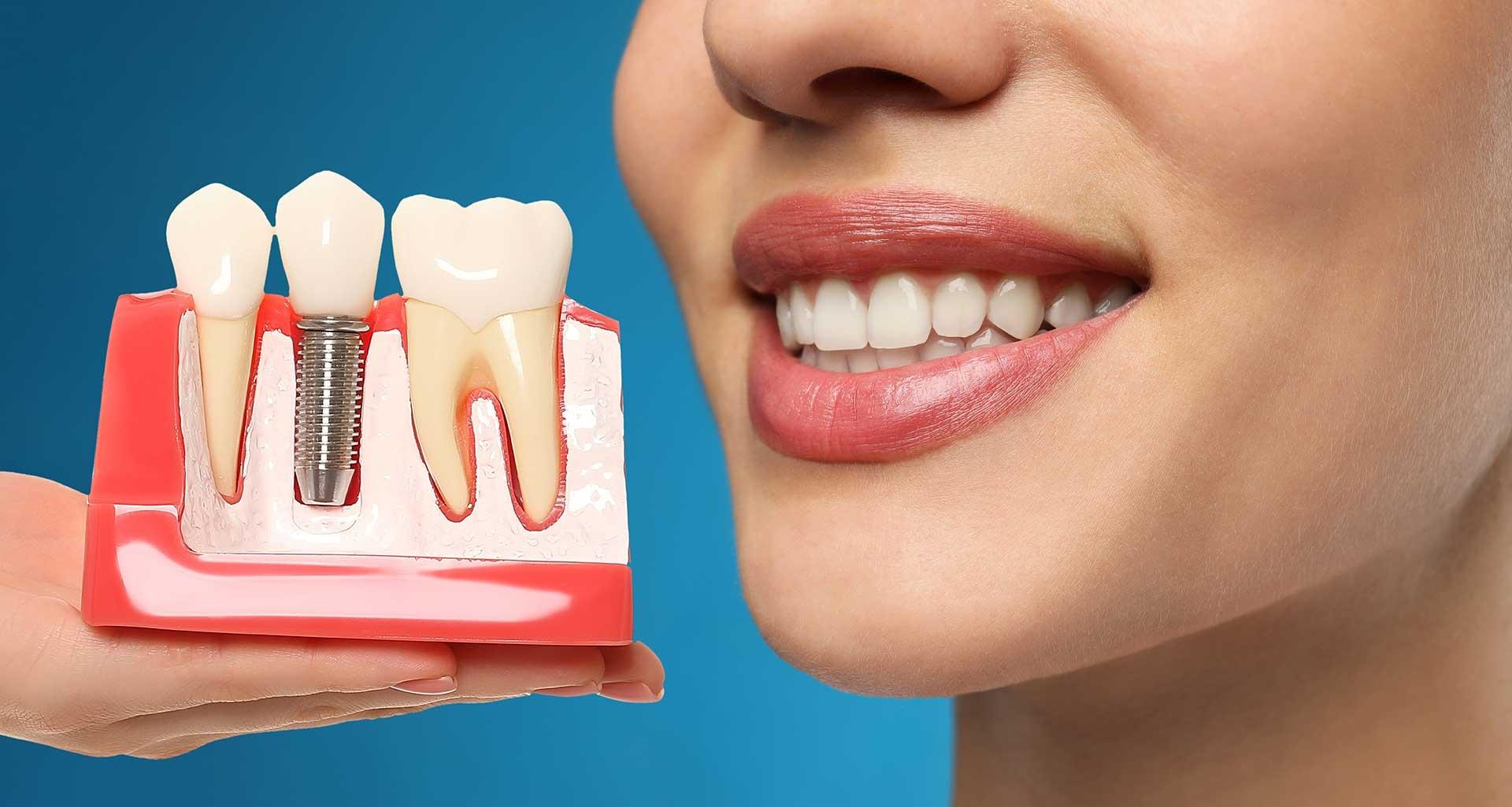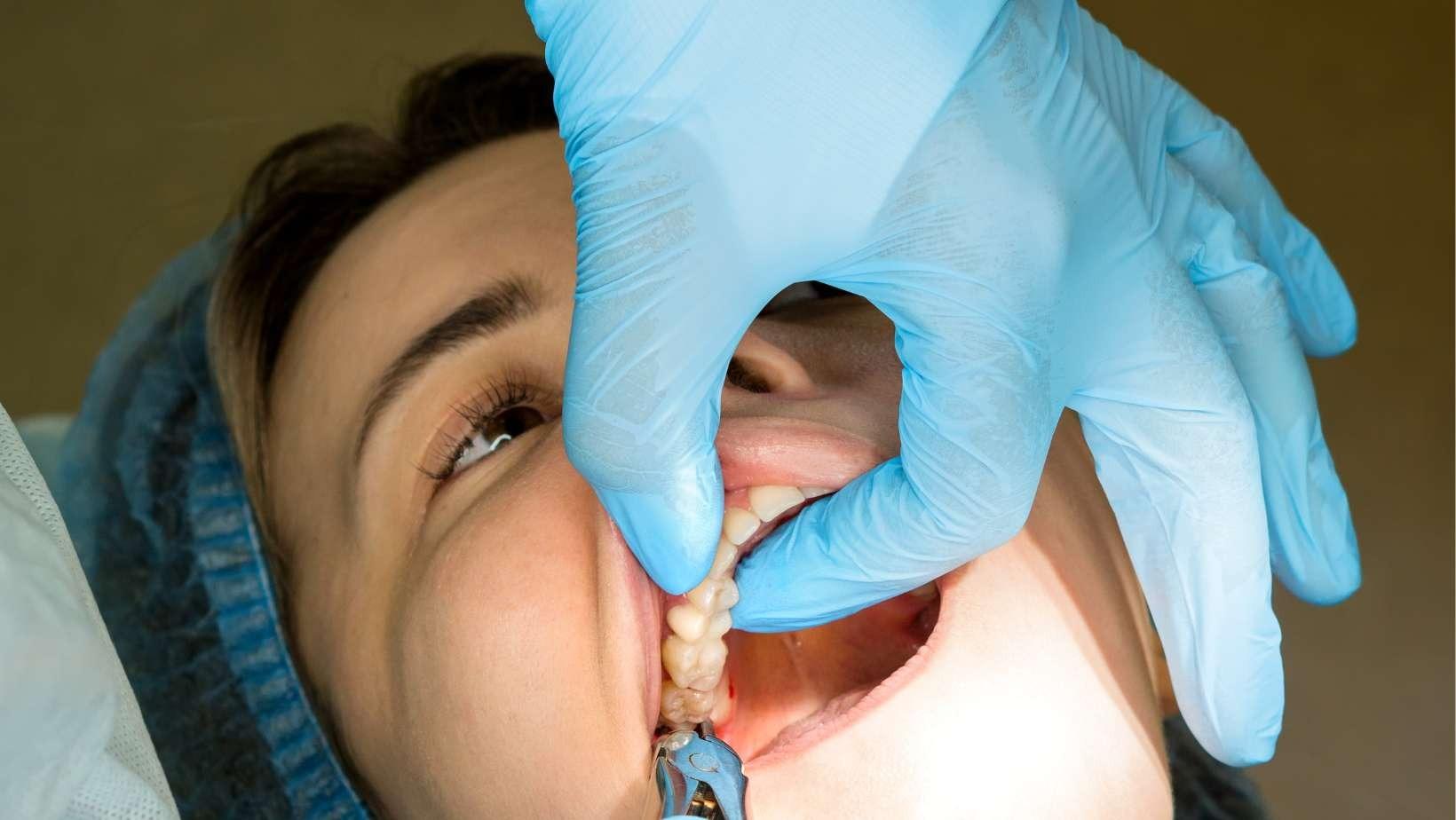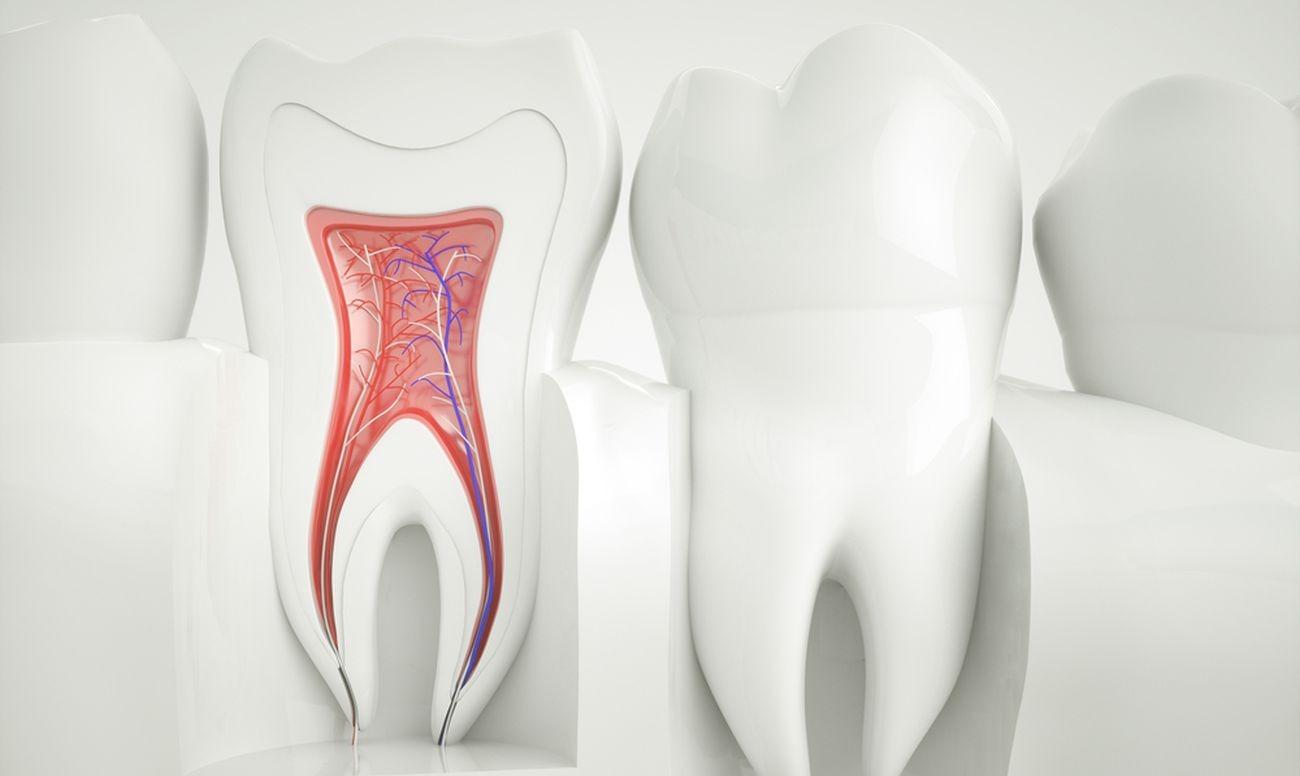Clear aligners have become one of the most popular modern solutions for teeth straightening, offering a discreet, comfortable, and convenient alternative to traditional metal braces. For decades, braces were the standard method for correcting misaligned teeth, bite issues, and gaps. But with advances in dental technology and 3D treatment planning, aligners have transformed orthodontic care appealing especially to adults and professionals seeking subtle correction.
Still, one question remains: Are clear aligners as effective as braces? The answer depends on several factors, including the complexity of your dental condition, treatment duration, and most importantly, how consistently you wear your aligners. Understanding the strengths and limitations of each option can help you choose the best path toward achieving a healthier, more confident smile.
Understanding Clear Aligners and Braces
What Are Clear Aligners?
Clear aligners are transparent, custom-fitted trays designed to gently shift your teeth into the desired position over time. Each aligner applies light, consistent pressure to guide teeth movement. Patients typically wear each set for one to two weeks before progressing to the next stage. Because they’re removable, aligners allow for greater comfort and flexibility in daily life making them especially appealing for adults and working professionals.
What Are Traditional Braces?
Traditional braces consist of metal or ceramic brackets that are bonded to the teeth and connected by wires and small elastic bands. These components work together to gradually move the teeth into proper alignment. Braces remain fixed throughout treatment, with adjustments made by the orthodontist every few weeks to ensure steady progress.
Key Differences
The main differences between the two treatments lie in appearance, comfort, and flexibility. Clear aligners are nearly invisible, smooth, and removable for eating or oral hygiene, offering a discreet and convenient option. In contrast, braces are more visible but provide superior control for treating complex or severe orthodontic cases. While aligners rely heavily on patient discipline, braces deliver consistent results with minimal user effort.
How Each Treatment Works
Clear Aligners
The treatment process with clear aligners begins with 3D digital scans or impressions of your teeth, which are used to design a series of custom-made aligner trays. Each tray applies gentle, targeted pressure to specific teeth, shifting them gradually over time. Typically, a new set of aligners is worn every one to two weeks, depending on your treatment plan.
Progress is closely monitored through regular in-office visits or virtual check-ins, ensuring that tooth movement stays on track and adjustments are made when necessary. This approach allows for precision, comfort, and convenience ideal for patients who prefer a discreet, flexible option.
Braces
Braces use a system of metal or ceramic brackets that are securely bonded to the teeth and connected by archwires and elastic bands. The wires exert continuous pressure, slowly guiding teeth into proper alignment. During routine appointments, your orthodontist tightens or adjusts the wires to maintain steady progress.
Because braces are fixed appliances, they offer greater control over complex tooth movements, making them the preferred choice for severe crowding, bite correction, or significant rotations.
Comparison
While both treatments aim to create a perfectly aligned smile, they differ in how they deliver and control pressure:
- Clear Aligners rely on removable trays that apply gentle, pre-planned force at each stage.
- Braces provide constant, adjustable pressure, fine-tuned by your orthodontist during visits.
Ultimately, both methods are effective the right choice depends on your dental needs, lifestyle, and level of commitment to treatment.

Effectiveness Comparison
For Mild to Moderate Cases:
Clear aligners are highly effective for correcting common orthodontic issues such as mild crowding, spacing, and minor bite irregularities. Their controlled, digital treatment planning allows for predictable results when worn consistently.
For Complex Cases:
Traditional braces remain superior for severe misalignments, large gaps, rotated teeth, or complex bite corrections. Because braces apply continuous force and allow manual adjustments, orthodontists have more flexibility in handling difficult movements.
Treatment Duration:
When patients wear aligners as prescribed (20–22 hours a day), treatment duration is often similar to braces typically 12 to 24 months. However, poor compliance can extend aligner treatment time.
Precision:
Modern technology, like Invisalign’s SmartTrack material and 3D mapping systems, has significantly enhanced the precision and control of clear aligners, making them more comparable to braces in terms of effectiveness.
Aesthetic and Lifestyle Benefits of Clear Aligners
Nearly Invisible and Discreet:
Clear aligners are crafted from transparent, medical-grade plastic, making them almost invisible when worn. They’re an ideal choice for adults and teens who prefer a subtle, confidence-boosting alternative to metal braces.
Removable for Convenience:
Unlike traditional braces, clear aligners can be easily removed during meals, brushing, or special events. This flexibility allows you to maintain your daily routine without any lifestyle interruptions.
Better Oral Hygiene:
Because aligners are removable, you can brush and floss normally no navigating around wires or brackets. This helps prevent plaque buildup, gum irritation, and bad breath throughout treatment.
No Food or Comfort Restrictions:
With clear aligners, there are no sharp wires or brackets to cause mouth irritation. You can enjoy all your favorite foods without worry, making treatment more comfortable and enjoyable.
When Braces Might Be the Better Option
While clear aligners have become increasingly popular, traditional braces still remain the gold standard in certain orthodontic situations. Here are a few cases where braces may be the better choice:
1. Severe Crowding or Complex Bite Problems
Braces are particularly effective for correcting severe dental crowding, significant rotations, or major bite discrepancies such as overbites, underbites, and crossbites. Because they exert continuous pressure on the teeth and jaw, braces can achieve precise movements that aligners may struggle with in complex cases. For example, when teeth need to be moved vertically or rotated significantly, braces offer greater control and predictability.
2. Younger Patients or Those with Compliance Challenges
Clear aligners need to be worn 20–22 hours a day to be effective. For younger children or teenagers who may forget to wear them consistently or for individuals with busy lifestyles braces remove this concern entirely. Since they remain fixed in place, there’s no risk of losing them, forgetting to wear them, or slowing down progress due to inconsistent use.
3. Need for Greater Control and Precision
Braces allow orthodontists to make fine-tuned adjustments during treatment. This hands-on control helps guide teeth more precisely into their desired positions. They’re especially beneficial when dealing with issues involving jaw alignment, tooth rotation, or teeth that haven’t erupted fully. Metal or ceramic brackets can apply targeted forces that aligners often can’t replicate as effectively.
4. Cases Requiring Faster or More Predictable Results
In some situations, braces can deliver faster or more consistent outcomes than aligners. For example, when multiple teeth need to be moved in different directions or when bone structure needs reshaping, braces can handle the job more efficiently. They also minimize the unpredictability that comes from patient compliance, making treatment progress easier to monitor and adjust.
5. Budget and Durability Considerations
Braces can sometimes be a more affordable option, especially for families or patients on a budget. They’re also more durable since they can’t be lost, broken, or misplaced like removable aligners. This makes them a practical choice for younger patients or those with active lifestyles.
Cost and Accessibility: Aligners vs. Braces
When deciding between clear aligners and traditional braces, cost often plays a major role. Both treatments can achieve excellent results, but their pricing and accessibility differ depending on complexity, provider, and location.
1. Overview of Price Differences
On average, traditional metal braces cost between $3,000 to $7,000, while clear aligners typically range from $3,000 to $8,000. Ceramic or lingual braces may cost even more due to their discreet design and customization. Clear aligners sometimes appear more expensive upfront, but prices can vary widely based on treatment length and brand.
- Braces: Usually offer a fixed price covering the entire treatment.
- Aligners: Often priced per set or treatment phase, which may change if refinements are needed.
2. Insurance Coverage and Financing Options
Many dental insurance plans partially cover both braces and aligners, particularly for patients under 18. However, coverage for adults may vary depending on the provider. Some insurance plans consider clear aligners a cosmetic option and may offer limited reimbursement.
To make treatment more affordable, most orthodontic clinics offer flexible payment plans, monthly financing, or health savings account (HSA/FSA) options, helping patients spread the cost over time.
3. At-Home Aligner Kits vs. In-Office Supervision
The growing popularity of at-home aligner kits has made orthodontic treatment more accessible and budget-friendly. These kits generally cost between $1,200 and $2,500, significantly less than in-office treatments. However, they lack direct dentist supervision, which can lead to improper alignment or missed oral health issues.
In contrast, in-office aligner treatments like Invisalign include regular dental checkups, digital scans, and personalized adjustments by licensed orthodontists, ensuring safer and more predictable outcomes.
4. Choosing the Right Option
While at-home kits are appealing for mild cosmetic corrections and lower budgets, in-office treatments or braces are best for complex or medical-grade corrections. Consulting with an orthodontist helps determine which approach offers the right balance of cost, effectiveness, and long-term safety.

Patient Compliance and Results
Success in orthodontic treatment whether with braces or clear aligners depends heavily on patient compliance and consistent follow-up care. Understanding how each system works helps set realistic expectations for outcomes.
1. Consistency Matters with Clear Aligners
Clear aligners are removable, which gives patients flexibility but also responsibility. To achieve the best results, they must be worn 20–22 hours per day, removed only for eating, drinking (anything other than water), brushing, or special occasions. Inconsistent wear can delay progress, cause teeth to shift back, or lead to less predictable results. Patients who are disciplined and follow their orthodontist’s instructions closely usually see excellent results within the expected timeframe.
2. Braces Work Continuously
Unlike aligners, braces are fixed appliances that stay in place 24/7. This means they’re always at work, applying gentle, consistent pressure to move teeth into alignment. Since they don’t rely on patient discipline, braces are often recommended for children, teenagers, or anyone who might forget or skip wearing aligners. The continuous force ensures steady progress even without perfect compliance.
3. Importance of Regular Checkups
Both treatments require routine orthodontic visits, though the frequency may differ.
- Braces: Patients usually visit every 4–6 weeks for wire adjustments and progress checks.
- Aligners: Checkups may occur every 6–8 weeks, often combined with digital scans to track movement and receive the next set of trays.
These appointments are crucial for identifying issues early, ensuring teeth are moving correctly, and making necessary adjustments to avoid complications.
4. The Link Between Compliance and Final Results
Ultimately, the quality of the final result depends on how consistently the treatment plan is followed. Aligners demand more patient responsibility, while braces provide a more hands-off experience. However, in both cases, maintaining excellent oral hygiene, attending scheduled visits, and following post-treatment instructions (like wearing retainers) are key to achieving a healthy, lasting smile.
Conclusion
Both clear aligners and traditional braces are highly effective methods for achieving a straighter, healthier smile when used correctly and under professional guidance. The best choice ultimately depends on the complexity of the case, lifestyle preferences, and level of commitment.
Clear aligners are ideal for patients with mild to moderate misalignments who value comfort, flexibility, and a nearly invisible appearance. They’re especially popular among adults and working professionals seeking a discreet orthodontic solution.
On the other hand, braces remain the gold standard for treating severe crowding, bite problems, and complex dental movements. They provide orthodontists with precise control and deliver predictable, long-lasting results especially when patient compliance might be a concern.
Before making a decision, it’s essential to consult a qualified orthodontist. A personalized assessment, including digital scans and X-rays, can help determine which treatment aligns best with your dental needs, lifestyle, and budget. With the right approach and consistent follow-up care, either option can lead to a confident, beautiful smile that lasts a lifetime.
FAQs
1. Are clear aligners as effective as braces?
Yes, clear aligners are effective for mild to moderate alignment issues. However, braces are better for complex bite problems and severe crowding.
2. How long does treatment take with braces or aligners?
Both treatments typically last 12 to 24 months, depending on the severity of the case and patient compliance.
3. Can I eat normally with clear aligners?
Yes. Aligners are removable, allowing you to eat your favorite foods without restrictions just make sure to brush before putting them back in.
4. Do braces hurt more than aligners?
Braces may cause more initial discomfort due to wires and brackets, while aligners tend to feel smoother and more comfortable.
5. Which option is more affordable braces or aligners?
Traditional braces generally cost slightly less, but clear aligners offer more flexibility and convenience. Prices vary by treatment type and location.






